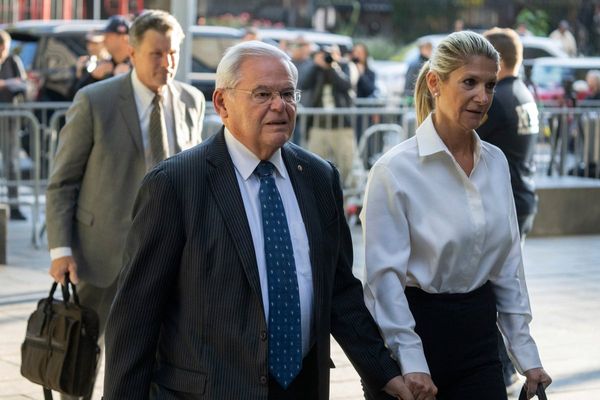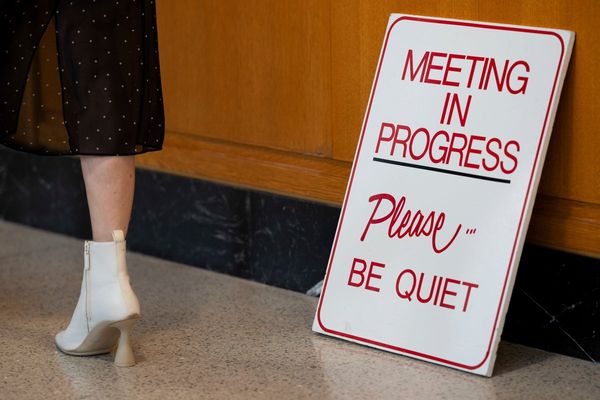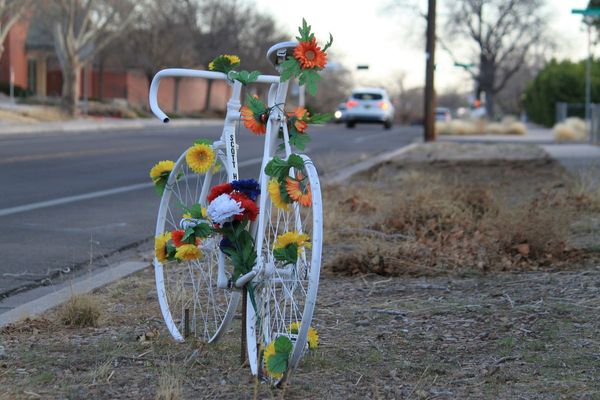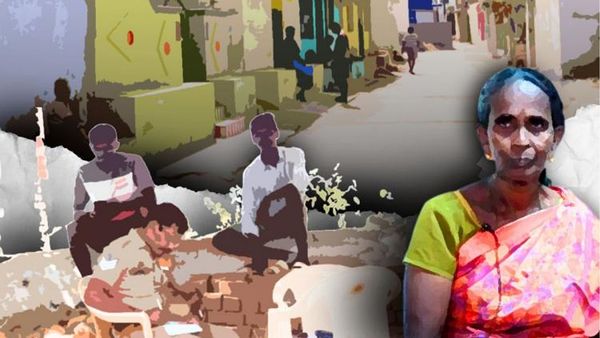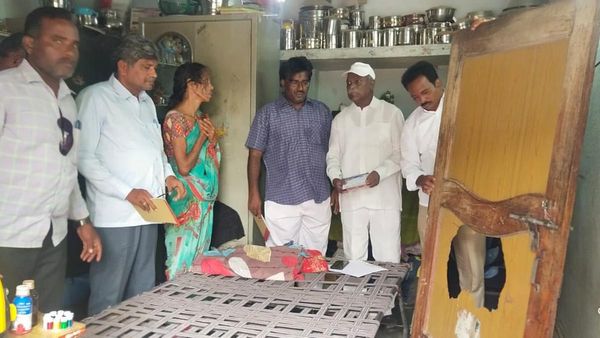Hope is what humans use to define the future: the promise of a better tomorrow that makes life bearable even when the present is infused with suffering. Assaults on the possibility of hope are therefore the unkindest of cuts. The recent incident in Nanguneri town in Tamil Nadu’s Tirunelveli district, where a Dalit teenager and his sister were brutally hacked by schoolmates belonging to an intermediate dominant caste is demonstrative of the failure of hope for a whole generation of a community living on the margins. It is the latest among many conflagrations that erupt periodically in the deep south of the State, fuelled by chronic resentment among communities, in turn seeded by the historical oppression of Dalits. In this case, teenagers, all caste Hindus and schoolmates of the boy and his sister, barged into the house of the siblings in a Dalit locality and attacked them, leaving them lying in a pool of blood. The attack was said to be revenge for the Dalit boy daring to give a complaint against his classmates for relentlessly harassing him as being ‘lower-caste’. The school then issued a warning to those whom he had complained against. Angered by this, three of the boys from the intermediate community attacked the siblings on the night of August 9. While the boy had to have a complex hand surgery, his sister continues to be hospitalised. The attackers and their associates have been arrested and lodged in the government observation home.
It is the unceasing nature of caste hatred, how caste pride is being infused in generation after generation that fells the hope of a better, caste-free society. The use of caste threads to distinguish Dalit children from the other castes in schools, the unique use of caste colours in a primordial act of marking territory in the villages in the south, the frequent violent clashes, and the recruitment of youngsters by local political/caste groups, all speak to the deep-rooted malaise in the region. Clearly, the much-touted Dravidian Model inspired by Periyar, to overcome caste hegemony and facilitate inclusion of all citizens in development, has not been uniform in implementation. So far, attempts to handle caste conflict have only been band-aids to violent outbursts, and a consistent effort to address the root of the problem has been lacking. The government has now established a one-man commission headed by retired judge K. Chandru to suggest steps to stamp out caste differences among students. It would be a pity if Nanguneri does not serve as a wake-up call; a catalyst for destroying caste hierarchies, restoring peace and equality, and, hope.

